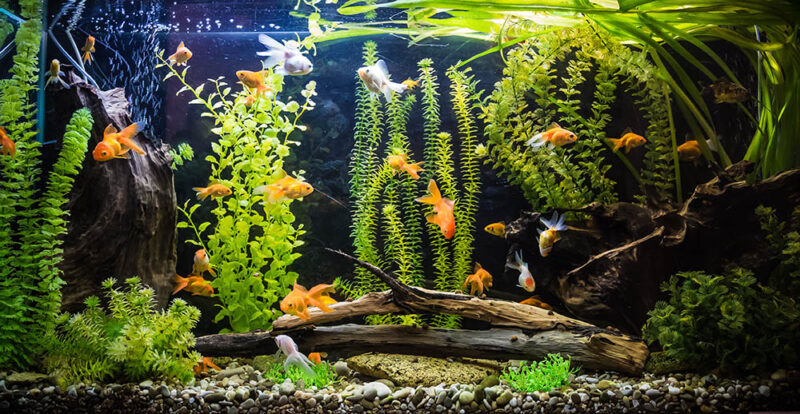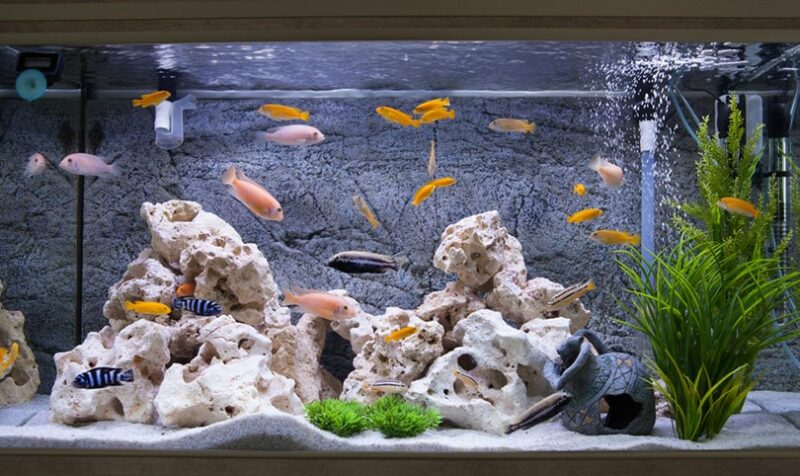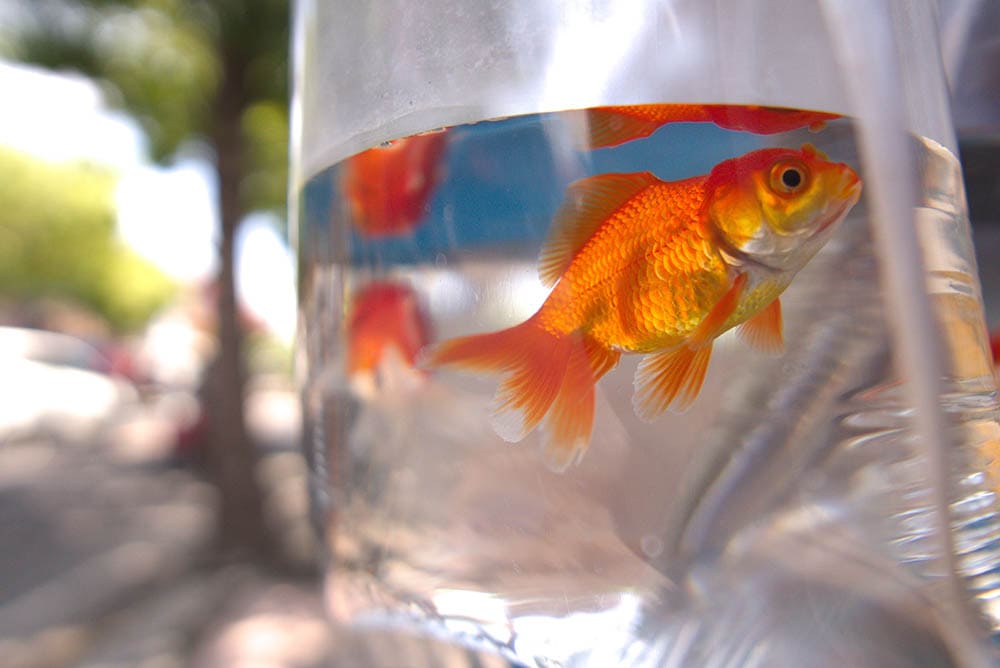When it comes to aquariums, part of the fun is kitting them out to create a visually appealing, peaceful, and safe place for your fish and other water critters. For the novice fishkeeper, it can be surprising when you realize just how different a few simple can make your tank look and more importantly, how much they can enrich tank life for an aquarium’s inhabitants.
It’s not as simple as spotting pretty rocks in your garden and plopping them in your aquarium, though. Some rocks can alter the PH level and water hardness, particularly limestone. For that reason, it’s important to choose carefully the kind of rocks that would best suit your aquarium.
If you’re looking for some freshwater aquarium rock options, check out these reviews to find out more about the rocks, pebbles, and rock sets on offer.
A Quick Comparison of Our Favorites in 2024
| Image | Product | Details | ||
|---|---|---|---|---|
| Best Overall |

|
Lifegard Mountain Aquarium Rocks |
|
Check Price |
| Best Value |

|
Exotic Black Bean Pebbles |
|
Check Price |
| Premium Choice |

|
Current Seiryu Aquarium Rocks |
|
Check Price |

|
Balacoo Aquarium Lava Rocks |
|
Check Price | |

|
Caribsea LifeRock Shroom Rocks |
|
Check Price |
The 10 Best Rocks for Freshwater Aquariums
1. Lifegard Smoky Mountain Aquarium Rocks – Best Overall
| Weight: | 18 pounds total |
| Rock size: | Ranges from 5–12 inches |
| Aquarium type: | Freshwater |
| Suitable for: | Tropical freshwater fish and other tank life |
| Material: | Stone |
Our best overall pick for freshwater aquarium rocks is this neat stone kit rather than an individual rock. We love this customizable option that allows you to arrange five rocks in different shapes and sizes in your aquarium however you like. The rocks are between 5–10 inches in size and you get a nice selection of tall, short, jagged, and rounded rocks.
This means you get to look forward to the element of surprise, as you can’t be sure which shapes you’ll get.
On the other hand, this could be offputting for people who want absolute certainty as to the way the rocks will look and the size they will be. Whatever you get, these rocks add a lovely natural look to your aquarium and are mid-range price-wise—not the cheapest but far from the most expensive, either.
2. Exotic Pebbles Black Bean Aquarium Pebbles – Best Value
| Weight: | 20 pounds |
| Rock size: | Approximately 1/5 inch per pebble |
| Aquarium type: | Freshwater, saltwater, pond |
| Suitable for: | Tropical freshwater fish, marine fish, plants, betta, cichlids, mulch |
| Material: | Stone |
These black bean pebbles are the best freshwater aquarium rocks for the money. These simple, multi-purpose pebbles can be used instead of gravel to give the bottom of your tank a more natural look. They can also be used in ponds, terrariums, gardens, and pet enclosures and are suitable as a substrate or for decorative purposes.
What we like best about these naturally-sourced, uncoated pebbles is their affordability—you get a decent-sized bag for a not-too-shabby price. On the downside, these pebbles do have the potential to raise your water’s PH levels a little. You may also have to rinse them before putting them into your aquarium to avoid clouding up your water.
3. Current USA Seiryu Aquarium Stone Set – Premium Choice
| Weight: | 35 pounds total |
| Rock size: | Varies from 5.3 inches to 11.4 inches long, up to 4.7 inches tall |
| Aquarium type: | Freshwater |
| Suitable for: | Tropical freshwater fish, marine fish, shrimp, plants, snails |
| Material: | Stone |
If you are happy to splash out a little (pun intended), this diverse stone set is our premium pick. The stones in this set were crafted from hand-picked stones, with each one uniquely sculpted and hand-painted. The reason for all this care and attention for each rock is to create a natural effect but without the issues that natural rocks sometimes bring, like clouding and debris. They also do not alter PH levels.
These rocks are completely customizable and come pre-washed, so all you have to do is arrange them the way you like them. The downside to this hand-crafted rock collection is—yep, you guessed it—the price. That said, the tradeoff is durability and longevity.
Housing a goldfish isn't as simple as buying a bowl. If you're a new or experienced goldfish keeper who wants to get the setup right for your goldfish family, check out the best-selling book, The Truth About Goldfish, on Amazon.
It covers all you need to know about the ideal tank setup, tank size, substrate, ornaments, plants, and so much more!
4. Balacoo Aquarium Lava Rocks
| Weight: | 1.01 pounds per rock |
| Rock size: | 2.36 inches long, 1.57 inches tall |
| Aquarium type: | Freshwater, saltwater |
| Suitable for: | All types of fish and shrimp |
| Material: | Volcanic stone |
This Balacoo 10-piece collection is an inexpensive aquarium decoration made of volcanic stone. Each rock is pretty much the same size, but they’re still pretty diverse shape-wise. What we love about them is that each rock comes with a hidey-hole—perfect for small fish to explore and hang out in. These rocks are suitable and safe for all types of aquariums and fish.
We are also fans of their brown-reddish color which adds diversity to the tank setup and contrasts nicely with plants. The only concern we have about this product is that they’re a bit fragile and so have the potential to break on delivery.
5. Caribsea LifeRock Shroom Aquarium Rocks
| Weight: | 12 pounds per rock |
| Rock size: | Approximately 10 inches long and 10 inches tall |
| Aquarium type: | Freshwater |
| Suitable for: | Tropical freshwater fish |
| Material: | Stone |
We chose these shroom rocks because of their unusual shape—great if you’re looking to add a bit of variety to your aquarium. These rocks have other superpowers to boot—they help to reduce the ammonia levels in your tank and are porous. Porous rocks are covered in little craters if you will—holes and pores full of good bacteria that will benefit your tank’s environment.
These shrooms are cement-free and don’t need to be cured at all. In terms of what we’re not so keen on, they’re quite expensive for only two rocks and are fragile, which means they could break during delivery.
6. Lifegard Redwood Petrified Stone for Aquariums
| Weight: | 25 gallons total |
| Rock size: | 4–16 inches |
| Aquarium type: | Freshwater, saltwater |
| Suitable for: | Tropical freshwater fish |
| Material: | Stone |
This petrified stone kit gives your tank the look of The Rockieys or an ancient ruin. Each kit comes with approximately one large rock, three medium rocks, and ten smaller rocks in a variety of shapes. Some are tall and jagged, whereas others are more like shelves. The rocks could easily be mistaken for wood at first glance because of their color.
Price-wise, they’re middle of the road as far as rock sets go and the number of rocks you get—not the cheapest but not the most expensive, either. Like some other rock types, they can potentially break, chip, or crack on delivery due to being somewhat fragile. They also need to be rinsed before putting them in your aquarium.
7. Nature’s Ocean Natural Coral Aquarium Base Rock
| Weight: | 40 pounds total |
| Rock size: | 2–17 inches |
| Aquarium type: | Freshwater, saltwater |
| Suitable for: | Tropical freshwater, marine fish |
| Material: | Stone |
These base rocks are made of aragonite and are 100% natural. In addition to being an aquarium decoration and helping to improve the biological environment of your tank, they can be used in coral farming and growing live coral, too. They contain no bio-film and don’t need to be soaked before putting them in your aquarium due to pre-soaking in a well.
Because these rocks are porous, they contribute to a healthy tank environment by encouraging the growth of good bacteria and reducing nitrate levels. Though they don’t need to be soaked, it’s best to rinse them before use due to being dusty on arrival.
8. Natural Slate Large Stones
| Weight: | 10.50 pounds total |
| Rock size: | 5–7 inches |
| Aquarium type: | Freshwater, saltwater |
| Suitable for: | Fish (though not Betta or breeds with long, flowing tails), plants, reptiles |
| Material: | Slate |
These natural slate pieces can be used in both freshwater and saltwater aquariums and terrariums for reptiles because of their heat-holding capacity. They’re perfect for arranging in a way that creates hiding places, shelves, and caves for your pets to hang out in or on. They’re 100% natural and come pre-washed, though rinsing is still recommended.
Your package contains approximately 10 pounds worth of slate in different sizes, and though the exact number of pieces isn’t certain it averages at around eight. On the downside, these slate pieces aren’t suitable for Betta fish or other breeds with similar features because the edges are a little too sharp for their delicate fins and long, flowing tails.
9. Spectrastone Shallow Creek Pebble
| Weight: | 25 pounds total |
| Rock size: | 1/2–3/4 of an inch per pebble |
| Aquarium type: | Freshwater |
| Suitable for: | All aquarium life |
| Material: | Slate |
These shallow creek pebbles are a nice addition to freshwater aquarium bottoms on top of the substrate, adding diversity of color without looking unnatural. They’re coated, but the coating is non-toxic and these pebbles do not change the PH levels in your tank. They are suitable and safe for all types of aquarium life and can be used in a variety of ways around your home, too, like in potted plants or your garden.
They are 100% natural and are quite large compared to standard aquarium gravel, so be sure when ordering that you don’t need something on the smaller side for your setup. For example, smaller pebbles would be more suitable for plants.
10. Caribsea LifeRock Nano Arch
| Weight: | 1.8–2.3 pounds |
| Rock size: | Approximately 8 inches long |
| Aquarium type: | Freshwater |
| Suitable for: | All fish |
| Material: | Stone |
The CaribSea LifeRock Nano Arch is, as the name suggests, arch-shaped and medium-sized. It’s made of aragonite and is porous, so helps to encourage a healthy biological cycle in your tank. Appearance-wise, this rock helps to “fill out” your tank space, encourage a good flow, and add a pop of color with a nice pink/purplish hue, giving the impression of a coral reef effect.
It doesn’t require curing, is cement-free, and helps to reduce the ammonia levels in your tank. Be careful, though—if you don’t want to raise your tank’s PH levels, you might want to look elsewhere—this rock can heighten PH levels. It’s also pretty pricey for a single rock.
 Buyer’s Guide: How to Select the Best Rocks for Freshwater Aquariums
Buyer’s Guide: How to Select the Best Rocks for Freshwater Aquariums
If you’re new to aquascaping, knowing exactly which rocks will benefit your freshwater aquarium and ones that won’t can be tricky. When picking out rocks for your aquarium, first and foremost, you’ll want to make sure they’re safe for the type of fish you have and suitable for the kind of aquarium you have. Some rocks are only meant for saltwater aquariums, some only for freshwater ones, and some for both. Some can raise the pH levels of your water.
You then need to consider the size of your aquarium and the size of the rocks—will they overpower your other tank decorations or dominate the space in any way? Also, think about how the rocks benefit your aquarium and what you want to achieve—do you only want rocks for decoration or do you want rocks that will benefit your aquarium biologically? If so, go for some porous or live bacteria-infused rocks.
What kind of fish do you have? If you have fish with delicate or long fins or tails like Bettas, you’ll want to steer clear of rocks will sharp edges to avoid damage. Do your fish need more hiding spaces? If so, consider getting rocks with holes in them or ones you can stack up or glue together (with aquarium-safe glue) to create little caves to make your shy fish feel more comfortable.
Asking yourself these questions can really help you narrow down what you’re looking for if you’re a first-timer.
Conclusion
To recap, our top three picks for best rocks for freshwater aquariums are the Lifegard Smoky Mountain Stone Kit as best overall for its reasonable price, versatile appearance, natural look, and customizability; the Exotic Pebbles Black Bean Pebbles are our best value pick for their reasonable price and suitability for a range of aquatic and non-aquatic spaces, and the Current USA Seiryu Aquarium Stone Set is our premium choice for the attention to detail given to each individual rock.
We hope that you have found our best rocks for freshwater aquariums reviews helpful. We also hope they’ll take some of the stress out of your decision-making process and help you feel confident that you’re choosing something that suits your aquarium and water critters perfectly.
Featured Image Credit: Nat Weerawong, Unsplash
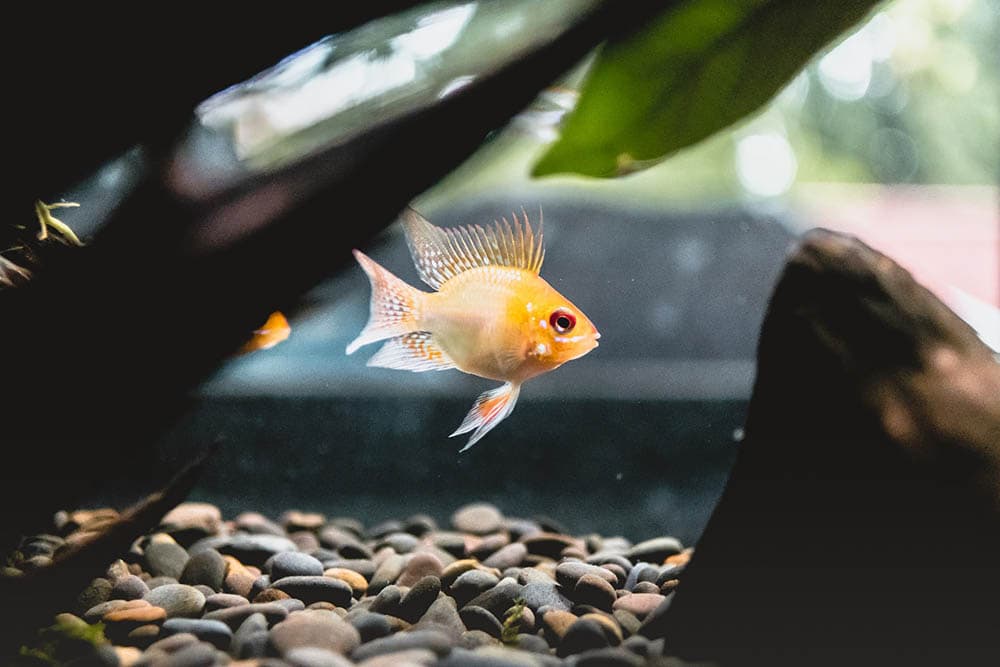







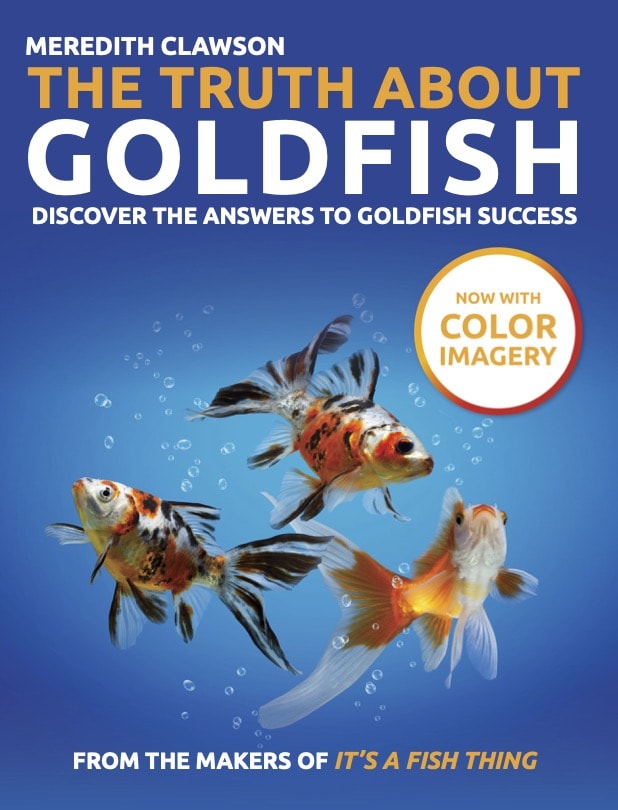







 Buyer’s Guide: How to Select the Best Rocks for Freshwater Aquariums
Buyer’s Guide: How to Select the Best Rocks for Freshwater Aquariums
